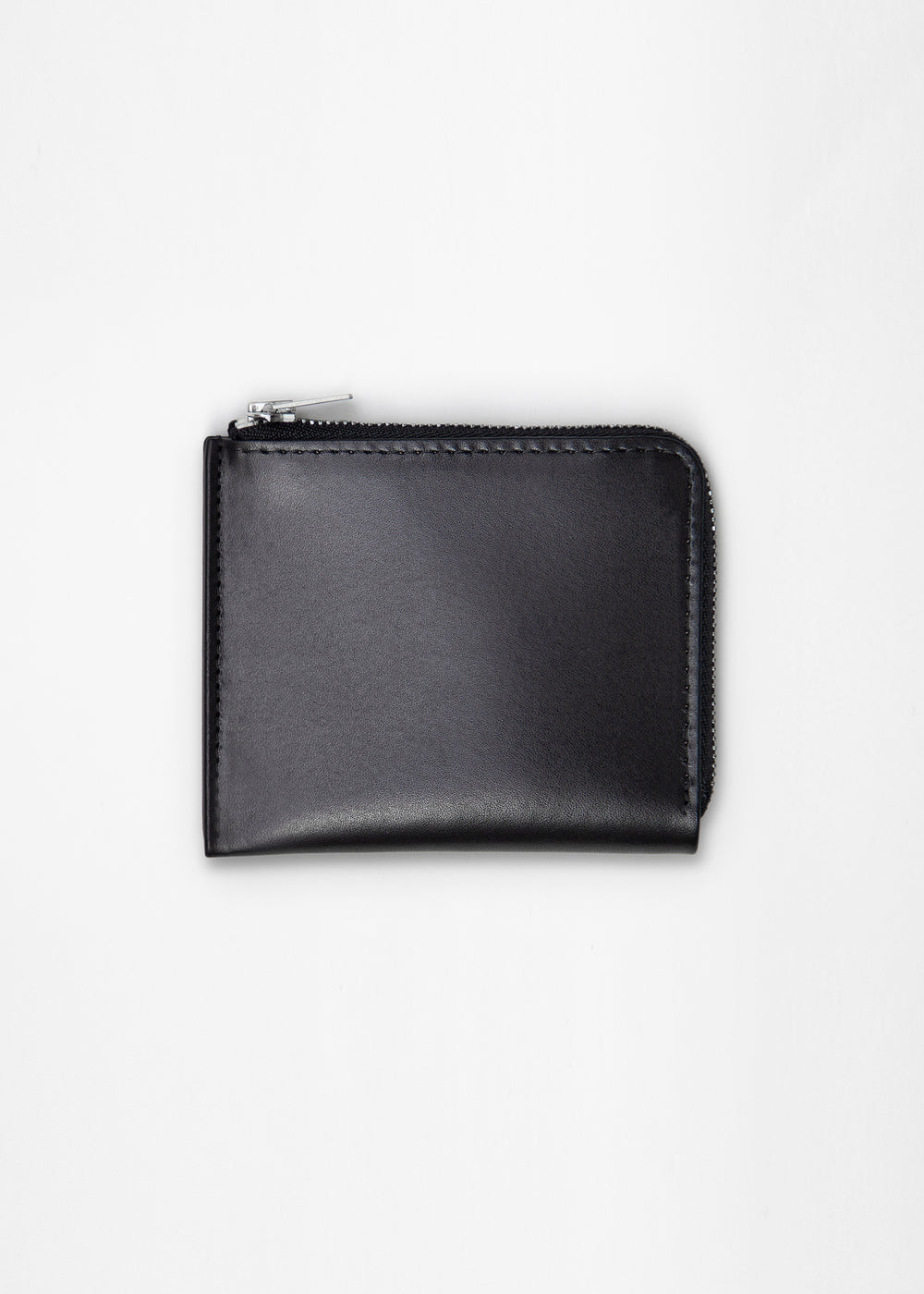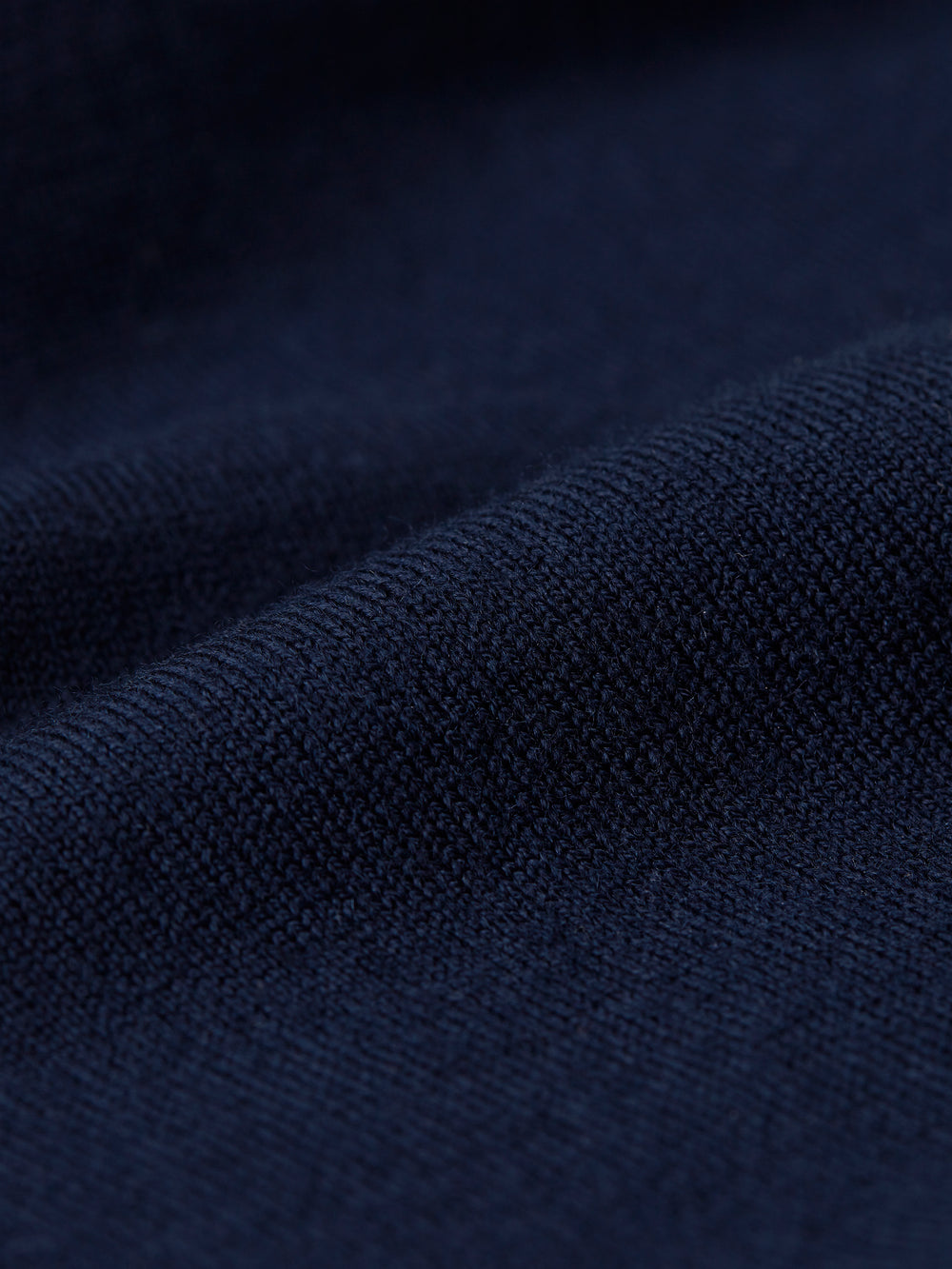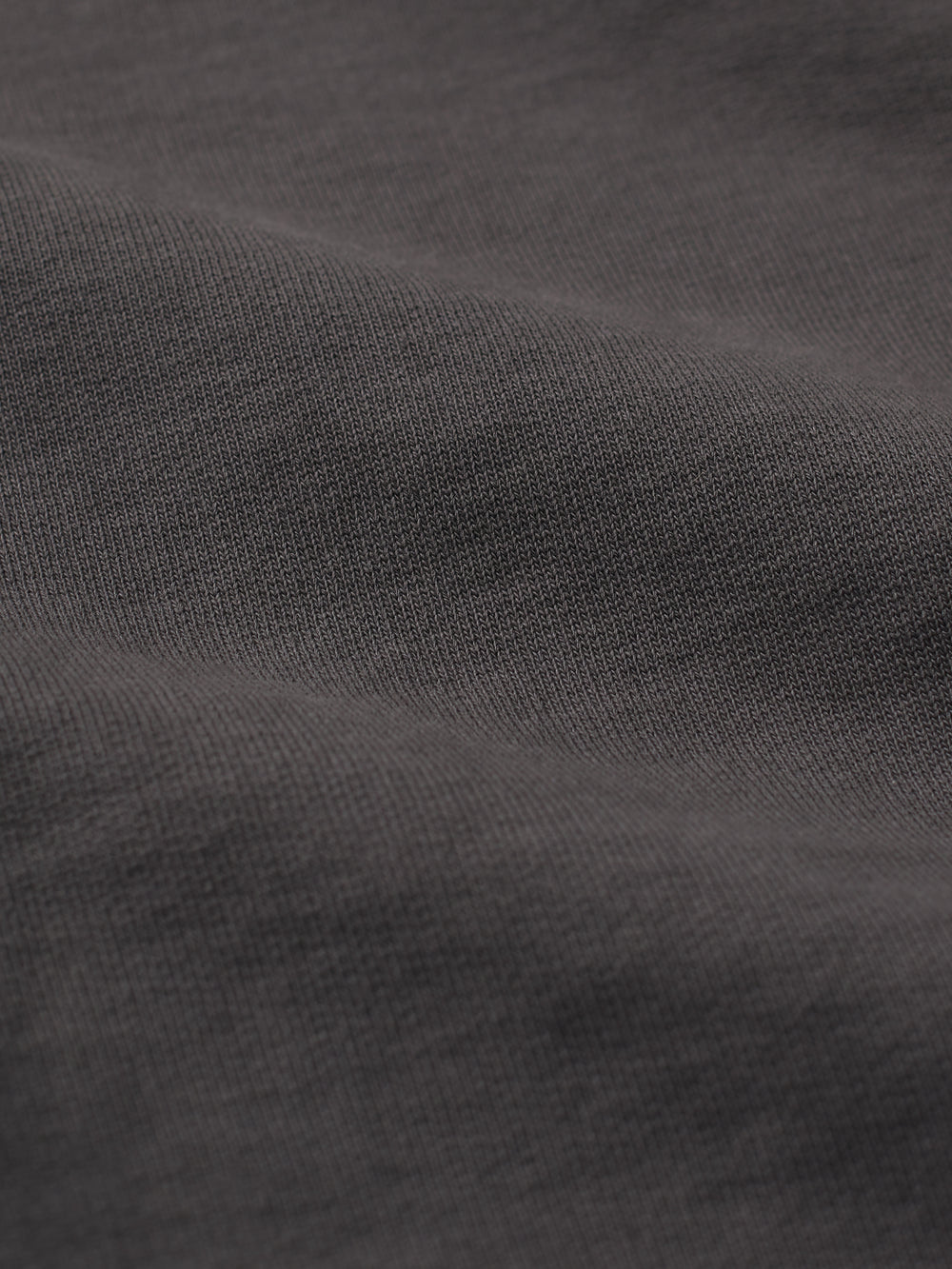
Leather Accessories Care Guide
Dust and Dirt Removal: Regularly wipe off dust and dirt from the leather with a clean, soft, and dry cloth. For deep cleaning, use a leather brush to gently remove dirt from crevices.
Avoid Water: Keep leather accessories away from water and moisture as much as possible. Leather can stain and lose its shape when wet. If it gets wet, blot with a clean, dry cloth and allow it to air dry naturally, away from direct heat or sunlight.
Conditioning: Apply a leather conditioner to keep the leather supple and prevent it from drying out or cracking. Follow the product-specific instructions for the type of leather you have.
Storage: Store leather accessories in a cool, dry place away from direct sunlight. Use a breathable storage bag or cover to protect them from dust. Avoid plastic bags, as they can trap moisture and promote mold growth.
Avoid Extreme Temperatures: Keep leather items away from extreme heat and cold, as it can cause the leather to warp or become brittle.
Protect from Scratches: Be cautious to prevent scratches. Avoid sharp objects and store leather items separately to prevent them from rubbing against each other.
Color Fading: Direct sunlight can cause color fading. Store your leather accessories away from prolonged exposure to sunlight.
Cleaning: If necessary, clean your leather accessory with a leather cleaner specifically designed for the type of leather. Always test a small, inconspicuous area first to ensure it doesn't damage the leather.
Stain Removal: Address stains immediately with a leather stain remover or take the accessory to a professional cleaner if the stain is persistent or difficult to remove.
Restoration: For more significant damage or to restore the accessory's appearance, consult a professional leather repair and restoration specialist.
Zipper and Hardware Care: Regularly check and lubricate zippers and metal hardware to ensure they function smoothly. A silicone-based zipper lubricant can be useful.
Handle with Care: Be gentle with leather accessories. Avoid overloading them, and don't pull or tug on straps or handles excessively.
Proper care and maintenance will help your leather accessories age gracefully, maintain their beauty, and extend their lifespan. High-quality leather can become more attractive over time if well-cared for.


